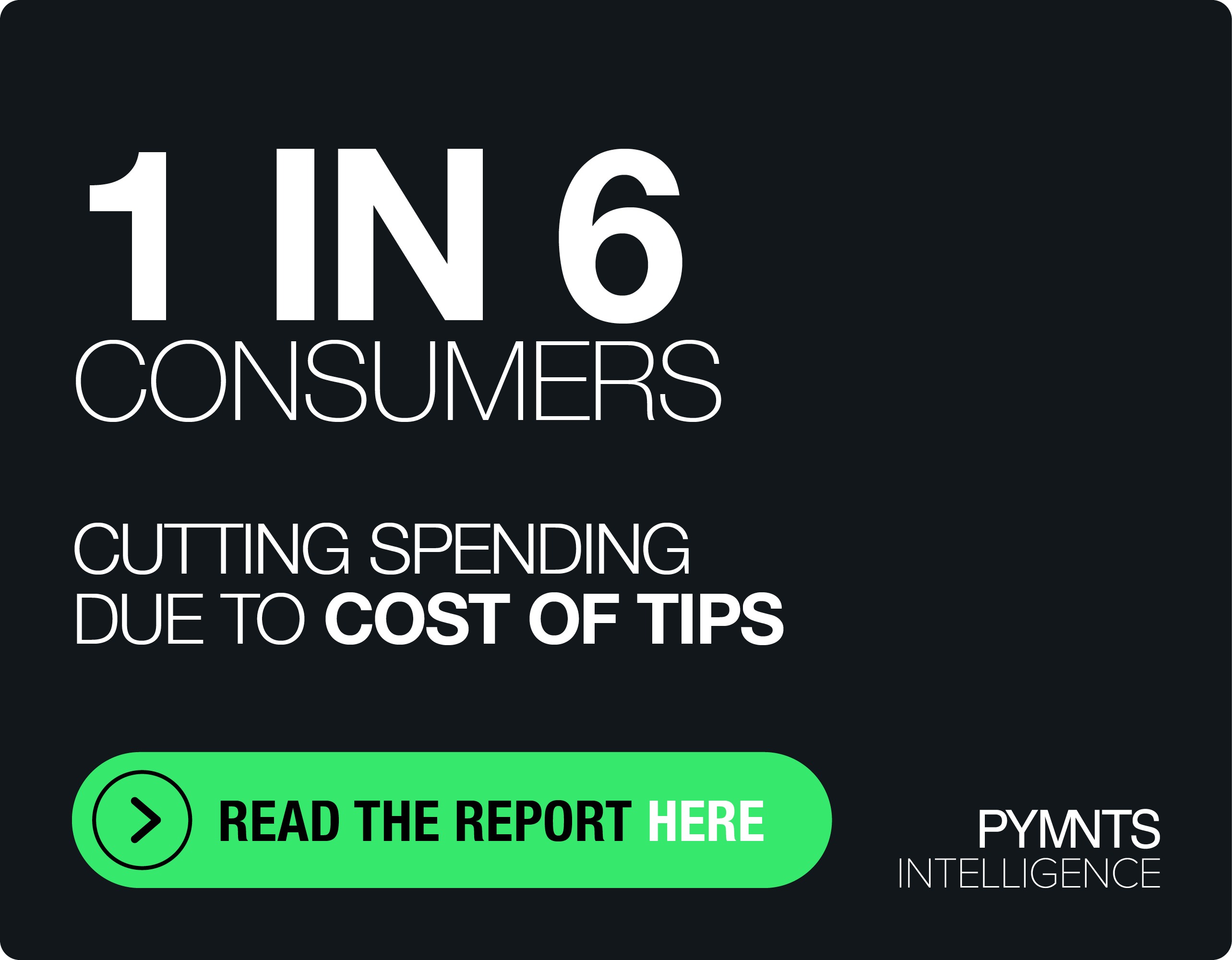Banks’ Loyalty and Rewards Fare Best When Personalized ‘Close to Home’
There’s that old statement attributed to U.S. retail magnate John Wanamaker, which neatly sums up the challenge of card-level promotions, especially in the digital age:
“Half of my marketing dollars are wasted — the trouble is, I don’t know which half.”
Kris Carrera, vice president, business line executive, credit payments at FIS, told PYMNTS’ Karen Webster that personalized offers and experiences delivered through bank channels, such as a mobile app, can enhance the cardholder experience, cementing loyalty along the way.
Using apps to deliver offers and rewards isn’t necessarily a new thing, but it’s often an irrelevant thing because the offers aren’t personalized or relevant. Making the offer to the wrong audience just translates into wasted marketing dollars.
There’s a real danger, she said, in a digital world where the promotions fly fast and furious but are somewhat blanketed in the banks’ approach.
“Consumers become numb to the offers — and they won’t want to read them,” she said. After all, not everyone wants or needs a home equity line of credit may be turned off by being extended an offer, feeling that the bank does not really know them at all.
But as Carrera said, those offers can be made relevant, in real time, across channels, and chiefly due to one overarching principle: Data is king.
Many financial institutions (FIs), she said, don’t even know what they’ve got, in terms of the informational assets that can help them engage more fully with consumers.
To that end, she said that FIS has been busy working with banks — “doing a lot of education, to show them that data is so rich.”
That data, she said — including performance data, cardholder data and transaction-level data — can help issuers craft and launch logical product offerings that are close to home, where context and timing matter.
Drilling down a bit, she said that examining banking, checking and DDA level activity can give financial institutes a holistic view of a consumer’s spending habits. There’s also a wealth of merchant-level insight that can be used to further sharpen those offers (for instance, knowing that someone tends to favor Walmart as a go-to shopping destination can help the retailer and the issuer work together on new promos).
Regardless of channel, there’s also a number of key considerations that factor into a successful offer.
FIs, said Carrera, must also mull just how consumers will redeem their offers, whether that’s through a statement credit or real-time discount. The onus should not be on the consumer to work out the details — the details should be clearly communicated and enticing enough to get customers to click the buy button.
It might come as no surprise to note that some of the more cutting-edge offers are coming at the pump, where $5+ per gallon gas is hitting household budgets hard. FIS, she said, has a product that lets consumers redeem loyalty points as they fill their tanks, which helps roll back the price per gallon.
“That card,” she told Webster, “will be at the top of wallet whenever they go to buy gas — we’ve seen this in the performance data.”
Carrera said, too, that there’s been growth in behaviorally oriented rewards programs, all centered around card spend. In this case, five on-time monthly credit card payments might reduce an APR or result in a higher credit limit.
Those promotions lend themselves well to digital apps, she said, since it allows banks to communicate the rewards of timely payments as the consumer is gearing up to transact. Positive reinforcement goes a long way in helping shepherd consumers toward financially healthy behaviors.
A long-standing, mutually beneficial relationship between bank and consumer can lead to a situation where a card that has exceeded its limit could be “topped off” by the bank with, say, $50 just to make sure the card works (and the Netflix account does not get turned off because the card expired).
Looking ahead, the continued formation of the connected economy has made at least some banking offerings “table stakes” for issuers, said Carrera. A banking app, at its core, should give the consumer — and the small business client, too — insight into current balances, a few months’ worth of transactions and real-time visibility into payments being made and received.
“The banks that have not done this in the digital space yet are losing out,” she said, “and bringing the logical product and message is a science with a lot of testing and learning that is needed to get it right.”
